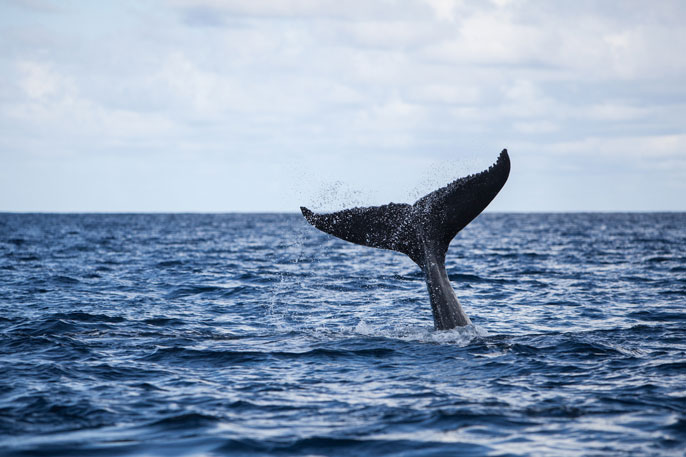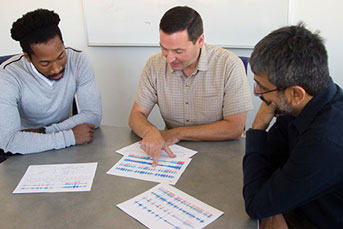The Cornell University Lab of Ornithology’s sound recognition feature in its Merlin birding app(lication) can answer that question for you according to a July 14, 2021 article by Steven Melendez for Fast Company (Note: Links have been removed),
The lab recently upgraded its Merlin smartphone app, designed for both new and experienced birdwatchers. It now features an AI-infused “Sound ID” feature that can capture bird sounds and compare them to crowdsourced samples to figure out just what bird is making that sound. … people have used it to identify more than 1 million birds. New user counts are also up 58% since the two weeks before launch, and up 44% over the same period last year, according to Drew Weber, Merlin’s project coordinator.
…
Even when it’s listening to bird sounds, the app still relies on recent advances in image recognition, says project research engineer Grant Van Horn. …, it actually transforms the sound into a visual graph called a spectrogram, similar to what you might see in an audio editing program. Then, it analyzes that spectrogram to look for similarities to known bird calls, which come from the Cornell Lab’s eBird citizen science project.
There’s more detail about Merlin in Marc Devokaitis’ June 23, 2021 article for the Cornell Chronicle,
… Merlin can recognize the sounds of more than 400 species from the U.S. and Canada, with that number set to expand rapidly in future updates.
As Merlin listens, it uses artificial intelligence (AI) technology to identify each species, displaying in real time a list and photos of the birds that are singing or calling.
Automatic song ID has been a dream for decades, but analyzing sound has always been extremely difficult. The breakthrough came when researchers, including Merlin lead researcher Grant Van Horn, began treating the sounds as images and applying new and powerful image classification algorithms like the ones that already power Merlin’s Photo ID feature.
“Each sound recording a user makes gets converted from a waveform to a spectrogram – a way to visualize the amplitude [volume], frequency [pitch] and duration of the sound,” Van Horn said. “So just like Merlin can identify a picture of a bird, it can now use this picture of a bird’s sound to make an ID.”
Merlin’s pioneering approach to sound identification is powered by tens of thousands of citizen scientists who contributed their bird observations and sound recordings to eBird, the Cornell Lab’s global database.
“Thousands of sound recordings train Merlin to recognize each bird species, and more than a billion bird observations in eBird tell Merlin which birds are likely to be present at a particular place and time,” said Drew Weber, Merlin project coordinator. “Having this incredibly robust bird dataset – and feeding that into faster and more powerful machine-learning tools – enables Merlin to identify birds by sound now, when doing so seemed like a daunting challenge just a few years ago.”
…
The Merlin Bird ID app with the new Sound ID feature is available for free on iOS and Android devices. Click here to download the Merlin Bird ID app and follow the prompts. If you already have Merlin installed on your phone, tap “Get Sound ID.”
Do take a look at Devokaitis’ June 23, 2021 article for more about how the Merlin app provides four ways to identify birds.
For anyone who likes to listen to the news, there’s an August 26, 2021 podcast (The Warblers by Birds Canada) featuring Drew Weber, Merlin project coordinator, and Jody Allair, Birds Canada Director of Community Engagement, discussing Merlin,
It’s a dream come true – there’s finally an app for identifying bird sounds. In the next episode of The Warblers podcast, we’ll explore the Merlin Bird ID app’s new Sound ID feature and how artificial intelligence is redefining birding. We talk with Drew Weber and Jody Allair and go deep into the implications and opportunities that this technology will bring for birds, and new as well as experienced birders.
The Warblers is hosted by Andrea Gress and Andrés Jiménez.

